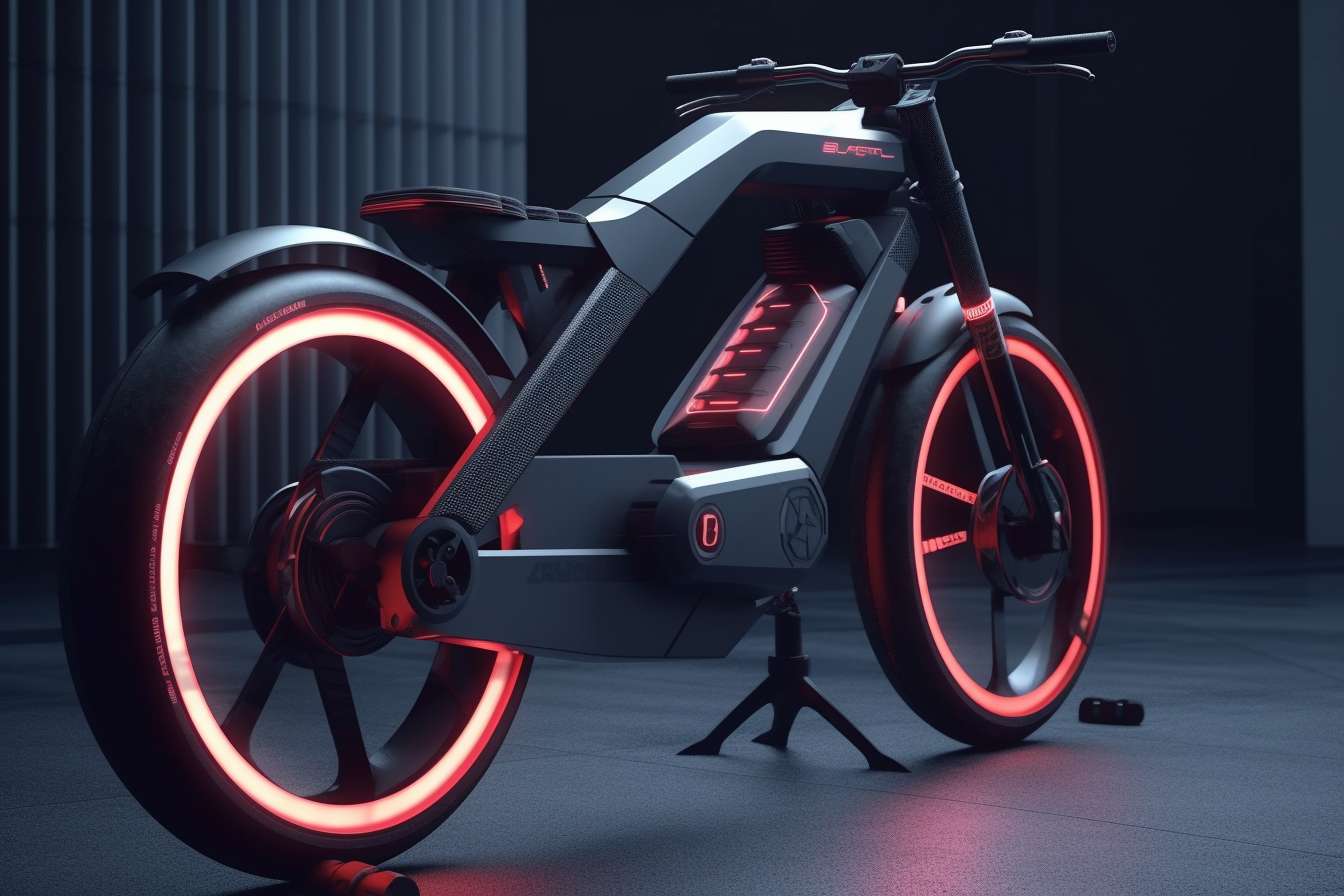Hovercraft Technology: The Forgotten Frontier of Personal Transportation
The gentle hum of an air cushion, the thrill of gliding effortlessly over land and water – welcome to the world of hovercraft technology. Often overlooked in discussions of personal transportation, these versatile vehicles represent a unique fusion of automotive and marine engineering. This article delves into the fascinating realm of hovercraft, exploring their potential to revolutionize how we traverse diverse terrains and reimagine the boundaries of personal mobility.

The concept of air cushion vehicles dates back to the early 20th century, but it wasn’t until the 1950s that practical hovercraft designs emerged. Sir Christopher Cockerell, a British engineer, is credited with developing the first viable hovercraft prototype. His breakthrough came from experimenting with a coffee tin and a hairdryer, demonstrating how a ring of air could trap a higher pressure cushion beneath an object.
Hovercraft in Action: Versatility Unleashed
One of the most compelling aspects of hovercraft technology is its unparalleled versatility. Unlike traditional vehicles constrained by specific terrain types, hovercraft can seamlessly transition between land and water. This unique capability has led to their adoption in various fields, from military operations to search and rescue missions.
In coastal areas with tidal flats or marshy terrain, hovercraft serve as vital transportation links. They can access remote locations unreachable by conventional boats or land vehicles, making them invaluable for emergency services and environmental research. The ability to operate in shallow waters and on ice has also made hovercraft essential for Arctic exploration and oil rig support operations.
Engineering Challenges and Innovations
Despite their apparent simplicity, hovercraft present numerous engineering challenges. One of the primary hurdles is achieving efficient propulsion while maintaining stability. Traditional propellers used for forward motion can create turbulence that disrupts the air cushion, requiring careful design considerations.
Modern hovercraft employ innovative solutions to overcome these challenges. Advanced skirt designs, made from materials like segmented rubber or neoprene, provide improved containment of the air cushion while offering flexibility to navigate uneven terrain. Some cutting-edge models utilize multiple, independently controlled lift fans to enhance stability and maneuverability.
Noise reduction has been another focus area for hovercraft engineers. Early models were notoriously loud, limiting their practical applications. Recent advancements in fan design and acoustic insulation have significantly reduced noise levels, making hovercraft more viable for urban and recreational use.
The Future of Personal Hovercraft
While large commercial and military hovercraft have been in use for decades, the concept of personal hovercraft has remained largely unexplored. However, recent technological advancements and a growing interest in alternative transportation methods are sparking a resurgence in personal hovercraft development.
Imagine commuting to work over congested waterways or exploring remote wilderness areas inaccessible by traditional vehicles. Personal hovercraft could offer a unique solution to urban transportation challenges, particularly in cities with extensive waterways or flood-prone areas. Their ability to operate in shallow waters and transition seamlessly to land makes them an intriguing option for coastal communities.
Several companies are now developing compact, efficient hovercraft designs tailored for personal use. These modern iterations incorporate lightweight materials, advanced control systems, and eco-friendly propulsion methods. Some prototypes even feature hybrid or electric powertrains, aligning with the broader trend towards sustainable transportation.
Regulatory Landscape and Safety Considerations
As with any emerging transportation technology, the widespread adoption of personal hovercraft faces regulatory hurdles. Current maritime and road regulations often struggle to categorize these amphibious vehicles, creating a complex legal landscape for manufacturers and potential users.
Safety is paramount in hovercraft design and operation. While the air cushion provides a degree of inherent safety by absorbing impacts, operators must be trained to handle the unique characteristics of these vehicles. Modern personal hovercraft incorporate advanced stability control systems, collision avoidance technology, and robust safety features to address these concerns.
The coming years will likely see increased dialogue between hovercraft manufacturers, regulatory bodies, and potential users to establish clear guidelines for personal hovercraft use. This collaborative approach will be crucial in unlocking the full potential of this technology while ensuring public safety and environmental protection.
Reimagining Personal Mobility
Hovercraft technology represents a fascinating intersection of automotive innovation and maritime engineering. As we continue to push the boundaries of personal transportation, these versatile vehicles offer a glimpse into a future where the lines between land and water travel blur. While challenges remain, the potential benefits of personal hovercraft – from improved accessibility in challenging terrains to novel urban transportation solutions – make them a compelling area for continued research and development.
The journey from Sir Christopher Cockerell’s coffee tin experiment to modern, high-tech hovercraft designs illustrates the power of innovative thinking in transforming transportation. As we look to the future, personal hovercraft may well emerge as a key player in our evolving mobility landscape, offering a unique blend of versatility, efficiency, and excitement. The forgotten frontier of hovercraft technology is poised for rediscovery, promising to reshape how we think about personal transportation in the 21st century and beyond.





